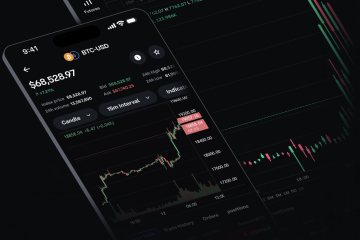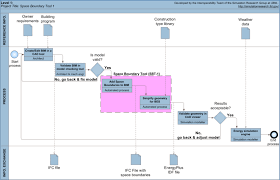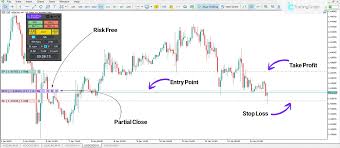Understanding the VIX: What It Means for Investors

Introduction to the VIX
The VIX, known as the Volatility Index, is a crucial measure of market expectations regarding volatility. Developed by the Chicago Board Options Exchange (CBOE), it reflects the market’s projected volatility over the next 30 days, based on options pricing of the S&P 500 Index. Understanding the VIX is vital for investors as it serves as a barometer for market sentiment and potential price movements.
Current Market Conditions
As of October 2023, the VIX has shown increased activity amidst various global uncertainties, including inflation concerns, geopolitical tensions, and ongoing discussions regarding monetary policy adjustments by central banks. In recent trading sessions, the VIX has fluctuated between 20 and 30, indicating a heightened state of market uncertainty compared to historical averages. Analysts note that such levels can often signify that market participants are bracing for larger price swings in both directions.
The Importance of the VIX
For investors, the VIX is not just a measure of fear or market anxiety; it also provides valuable insights into potential investment strategies. Generally, a high VIX reading may suggest that investors expect significant market declines, prompting many to consider options strategies that profit from volatility. On the other hand, a low VIX might indicate a stable market environment, leading to more bullish investment behaviors.
Moreover, the VIX is often used as an instrument for hedging against downside risks. Investors can trade VIX-related products, such as VIX futures and options, to protect their portfolios during periods of expected volatility. This capability has made the VIX a vital tool for sophisticated traders looking to manage risk effectively.
Conclusion and Future Outlook
As we move into the final quarter of 2023, the importance of the VIX cannot be understated. With numerous macroeconomic factors at play, such as interest rate decisions and inflationary pressures, the VIX will likely remain a point of focus for investors. Observing the VIX can assist market participants in adjusting their strategies in response to changing market conditions. The ongoing developments in the economic landscape will continue to influence the VIX, making it a significant metric for both short-term and long-term investment decisions.









